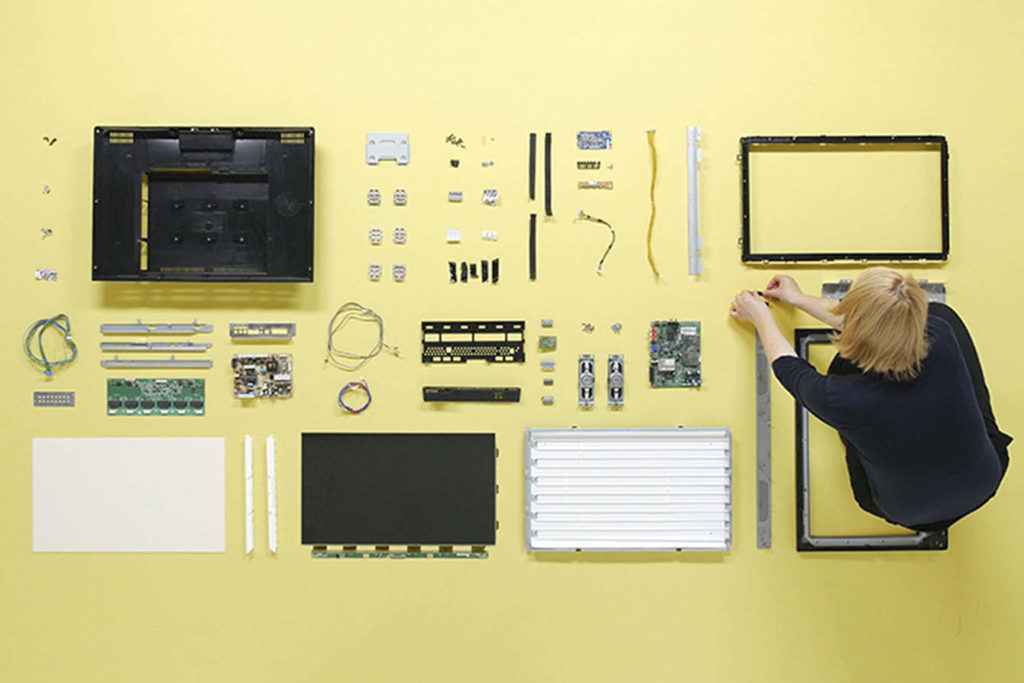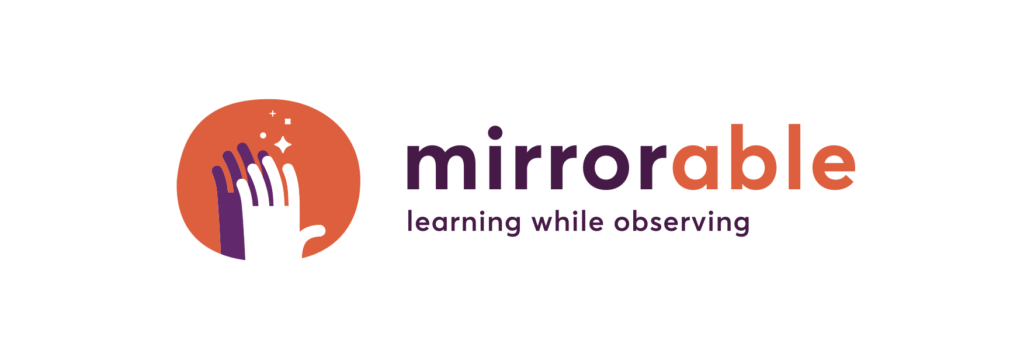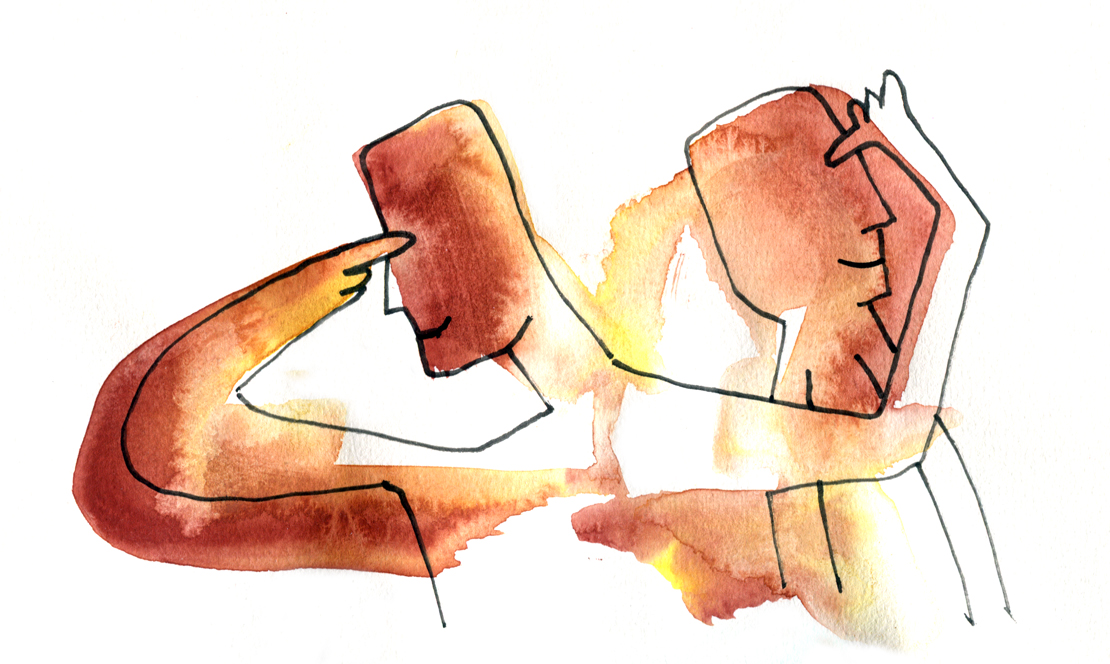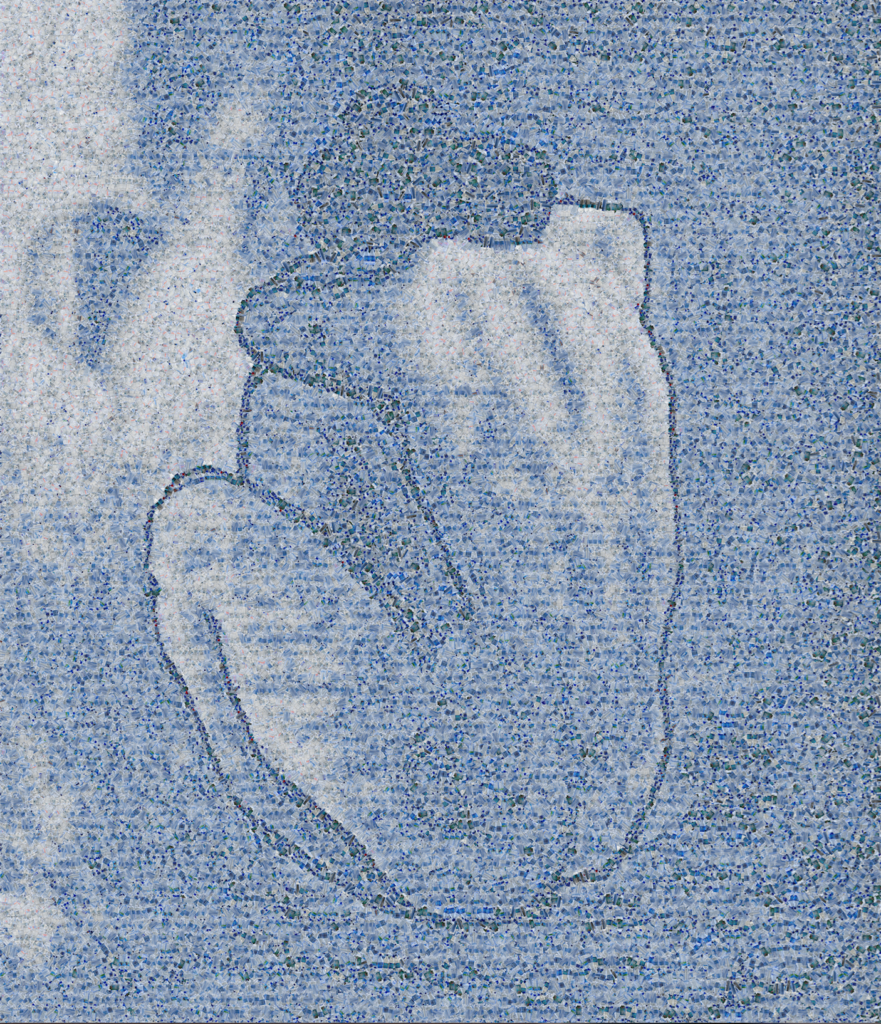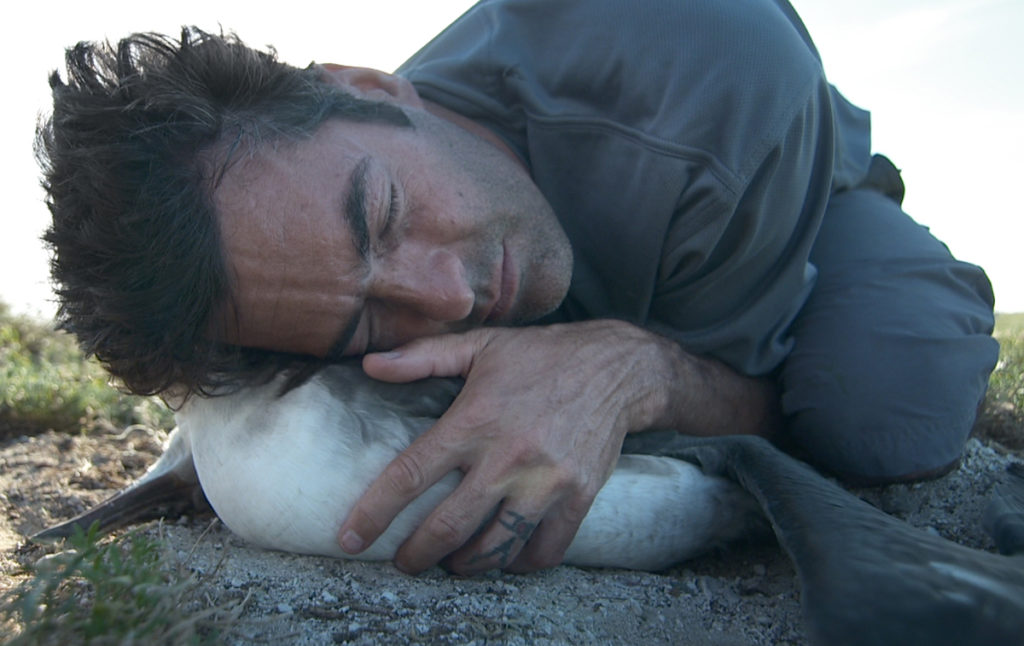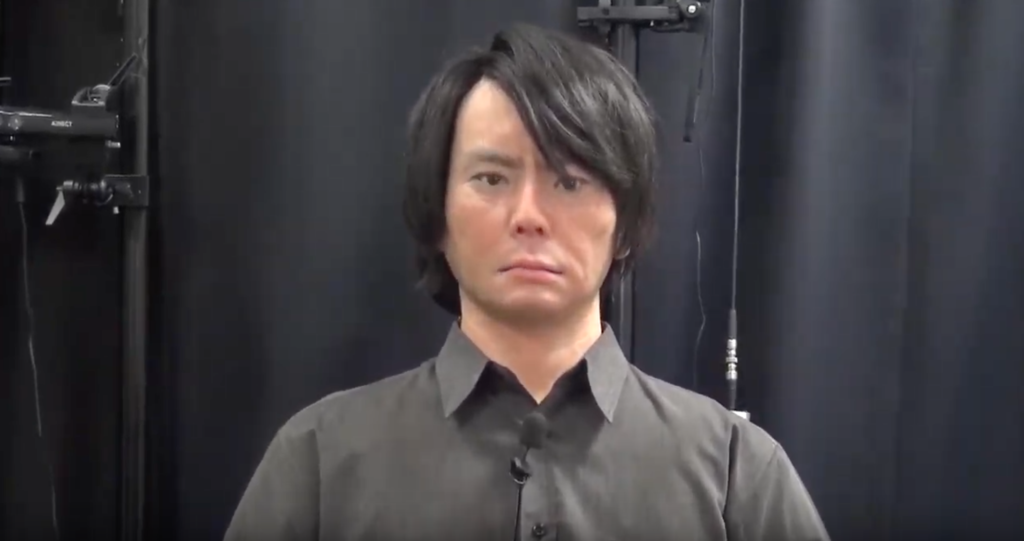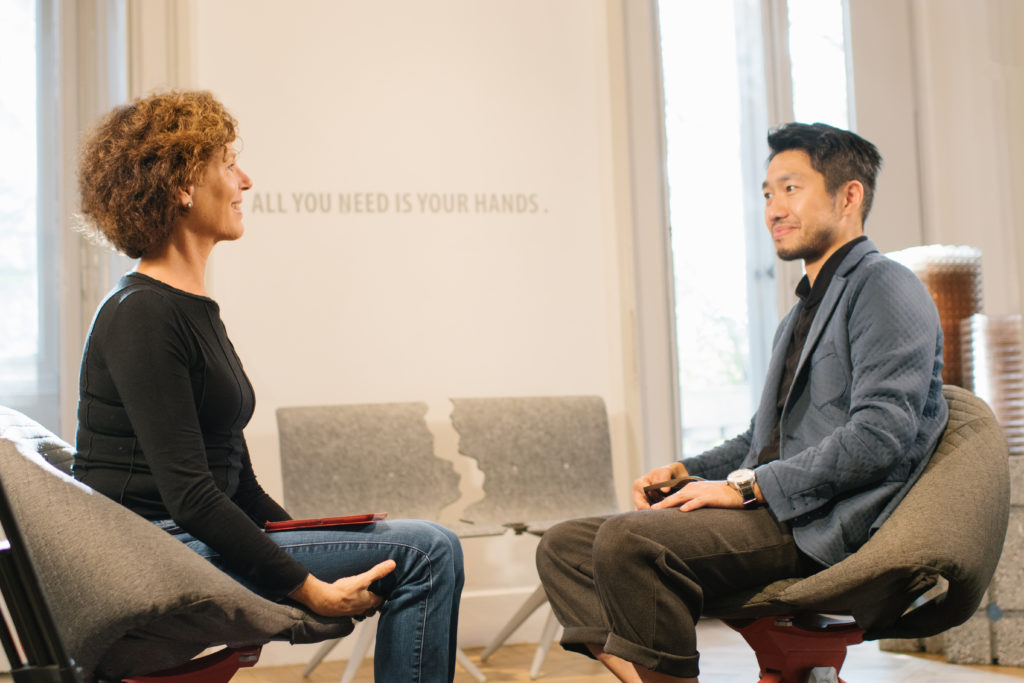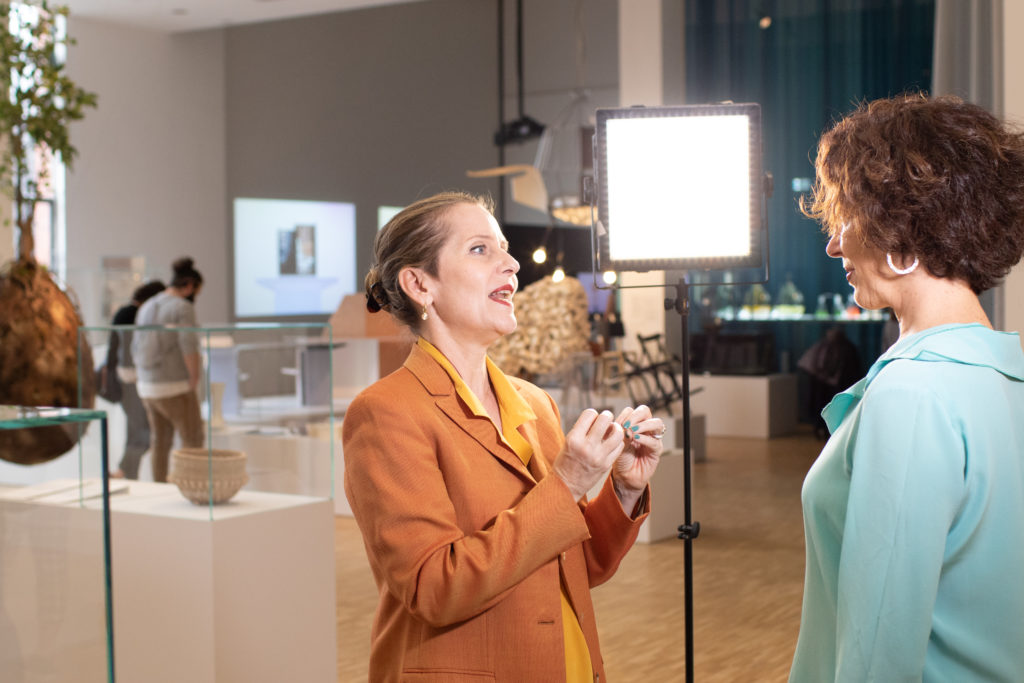
Paola Antonelli is the biggest source of inspiration as we try to narrow the gap between what we know and how we live. Broken Nature presents a wealth of ideas and solutions to become regenerative citizens of a beautiful Planet. If you weren’t able to visit the Triennale again and again, brokennature.org is a source to go too (even for those who did visit the exhibit!). Thank you Paola for your vision and your tenacity.
Cristina: We are at the Triennale di Milano. Broken Nature is an international and interdisciplinary exhibition on show until September 1, which investigates our relationship with natural systems, human society, our way of living, producing and consuming. Curated by a great Italian, Paola Antonelli, who for the occasion is on loan from MoMA in New York. What is the essence of Broken Nature, what do you want viewers to take home?
Paola Antonelli: I would like them to take home the fact that in order to be responsible, live sustainably, activate a restorative attitude, one must not sacrifice aesthetics or pleasure, sensuality or elegance.
Cristina: People often feel too small to have an impact. What do you think?
Paola Antonelli: I don’t see it that way, because we can’t just rely on governments or institutions and surrender our destiny. We have enormous power that also comes from social media, a person then becomes a group, a tribe, a community, after which if governments want to have any effectiveness, they must also follow what the public wants.
Cristina: What is the ideal amount of time to spend in this exhibition to leave with lasting impressions and learnings?
Paola Antonelli: I’d say at least three quarters of an hour. I hope that children will come and be inspired because in the end, in forty years, design will become like physics, there will be theoretical and applied design and knowledge will flow between them.
Cristina: How did you define the social aspect?
Paola Antonelli: For example Fernando Laposse thought about the recovery of corn species that had been lost and then used the beards and the outside of the cob to make an inlay. Even with such a simple action, design can recover material culture that has been lost, it’s also a great example of how the community can be engaged.
Cristina: How do you define the 21st century designer?
Paola Antonelli: There are lots of possibilities for expression. To start, there is furniture, obviously there are cars, there are also materials. There are designers who design scenarios or try to show us what the future consequences of our choices today might be. There are interface designers, who program the screen and the interaction with an ATM. There are bio-designers who deal with living organisms or design with them. Neri Oxman and Mediated Matter Group are inspiring a generation of designers who learn to work with nature to make objects and buildings that grow instead of being made in traditional ways. Skylar Tibbits is working with the Maldivian government to stop beach erosion. They are all very active and are having a big impact. I’m very proud of everyone.
Cristina: Thanks Paola. Don’t miss Broken Nature.

